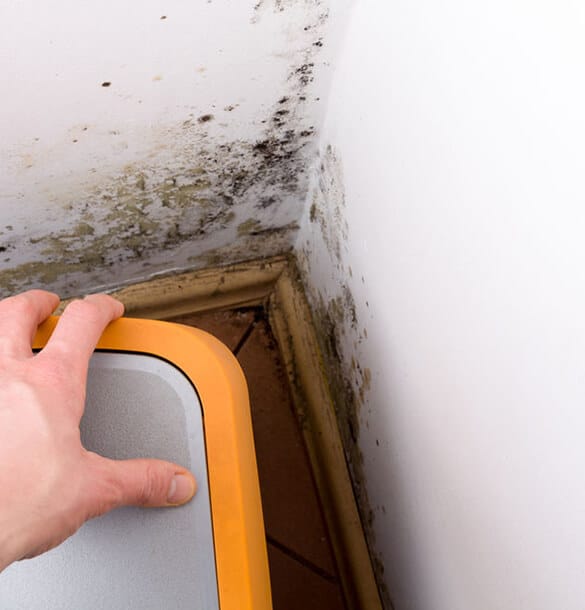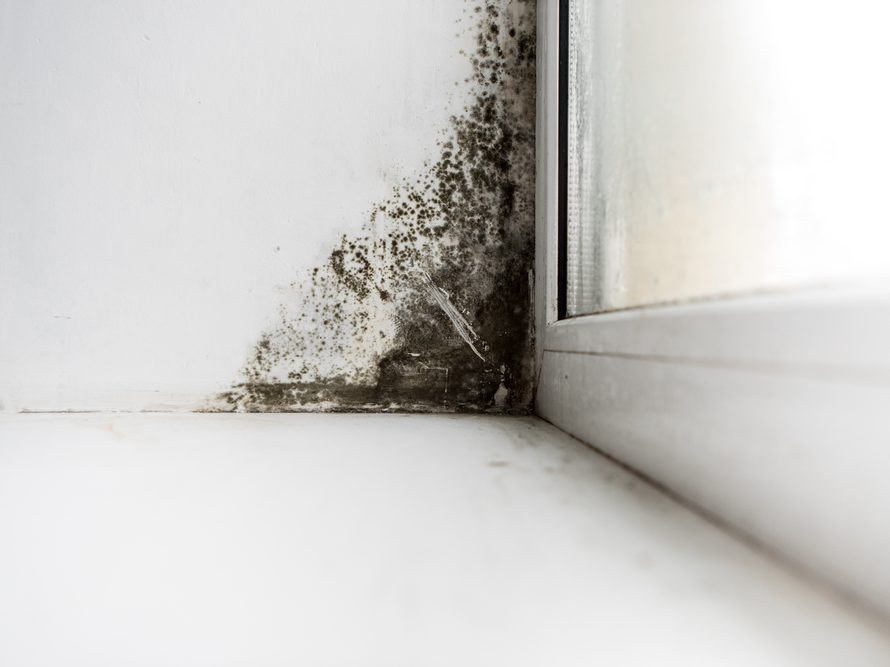Comprehensive Post Mold Remediation Procedures
Comprehensive Post Mold Remediation Procedures
Blog Article
Your Ultimate Guide to Message Mold Remediation Techniques
Navigating the realm of post-mold removal techniques is a precise procedure that requires focus to detail and an extensive understanding of the complexities included. In the after-effects of mold invasion, knowing just how to successfully eradicate the mold and mildew and avoid its reoccurrence is critical for keeping a healthy and balanced interior environment. From picking the ideal cleansing and decontaminating techniques to implementing approaches for lasting mold and mildew prevention, each action in the removal trip plays a crucial function in making sure a successful outcome. As we start this expedition of post-mold remediation techniques, we will discover the vital approaches and finest techniques that can help you restore your area to its pre-mold problem and secure it against future mold dangers.
Understanding Post-Mold Removal Refine
After finishing the mold and mildew removal procedure, it is vital to recognize the post-mold removal techniques that are required to make sure a effective and extensive cleanup. Once the mold has actually been gotten rid of, the following step involves cleaning and decontaminating the impacted areas to avoid any regrowth of mold and mildew. This consists of making use of specialized cleansing agents to wipe down surface areas and eliminate any remaining mold and mildew spores. It is crucial to dry the area totally to discourage the development of mold and mildew in the future (Post Mold remediation cleaning). Proper air flow and dehumidification can help in this process.
Additionally, conducting a final evaluation post-remediation is important to guarantee that all mold has actually been effectively removed. If the inspection discloses any remaining mold and mildew, additional removal may be needed.
Effective Cleaning Up and Decontaminating Techniques

Preventing Future Mold And Mildew Growth

Value of Correct Air Flow
Appropriate ventilation plays an important function in avoiding dampness build-up, a crucial element in mold and mildew development within interior settings. Effective ventilation systems assist remove excess moisture from the air, reducing the opportunities of mold spores locating the moisture they require to spread out and sprout. Without appropriate ventilation, indoor rooms can end up being a breeding place for mold, resulting in potential health and wellness risks and architectural damages.
By ensuring correct air circulation, air flow systems can additionally help in drying out wet areas quicker after water damage or flooding occurrences, even more discouraging mold development. Post Remediation verification. Precede like shower rooms, basements, cooking areas, and attic rooms where moisture levels have a tendency to be greater, installing and maintaining effective ventilation systems is vital in avoiding mold and mildew problems

Tracking and Maintenance Tips
Given the essential duty that proper air flow plays in protecting against mold and mildew growth, it is essential to establish reliable monitoring and upkeep ideas to ensure the ongoing performance of air flow systems. Regular inspections of ventilation systems ought to be performed to inspect for any indicators of blockages, leaks, or breakdowns that could restrain appropriate air movement. Tracking humidity degrees within the residential property is also critical, as high humidity can add to mold and mildew growth. Setting up a hygrometer can aid track humidity levels and alert house owners to any type of spikes that might require interest. In addition, making sure that air filters are frequently cleansed or replaced is necessary for maintaining the effectiveness of the ventilation system. Applying a schedule for routine upkeep tasks, such as air duct cleansing and a/c system remove mold mildew from wood fence examinations, can help stop problems prior to they escalate. By remaining aggressive and mindful to the condition of air flow systems, home owners can efficiently alleviate the threat of mold and mildew regrowth and keep a healthy indoor atmosphere.
Conclusion
To conclude, post-mold removal methods are crucial for ensuring a tidy and risk-free setting. Recognizing the procedure, carrying out effective cleansing and sanitizing methods, protecting against future mold and mildew growth, maintaining appropriate ventilation, and regular monitoring are all important steps in the removal process. By adhering to these standards, you can efficiently get rid of mold and stop its return, functioning or promoting a healthy and balanced living space for all owners.
In the aftermath of mold and mildew invasion, recognizing exactly how to properly get rid of the mold and mildew and prevent its reoccurrence is vital for maintaining a healthy and balanced interior environment. As soon as the mold has actually been removed, the next action entails cleaning and decontaminating the affected areas to protect against any regrowth of mold - what to do after mold remediation. After eliminating noticeable mold and mildew growth, it is vital to cleanse all surfaces in the affected area to get rid of any kind of staying mold spores. To even more improve mold and mildew avoidance measures, it is crucial to deal with underlying concerns that originally led to mold and mildew development.Given the important function that proper air flow plays in preventing mold growth, it is critical to establish effective surveillance and upkeep suggestions to make sure the ongoing performance of air flow systems
Report this page